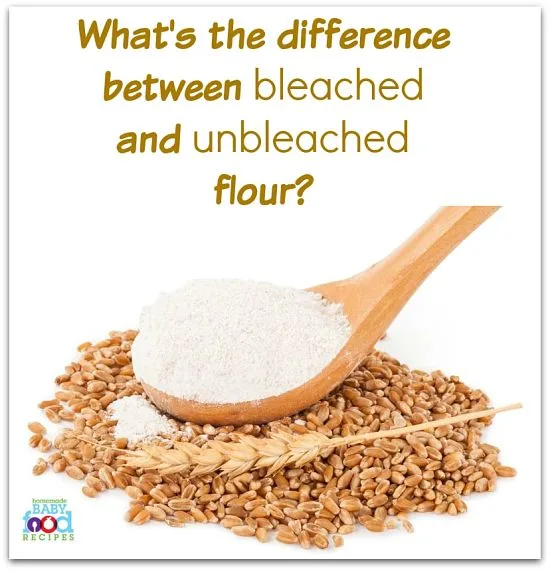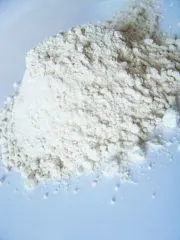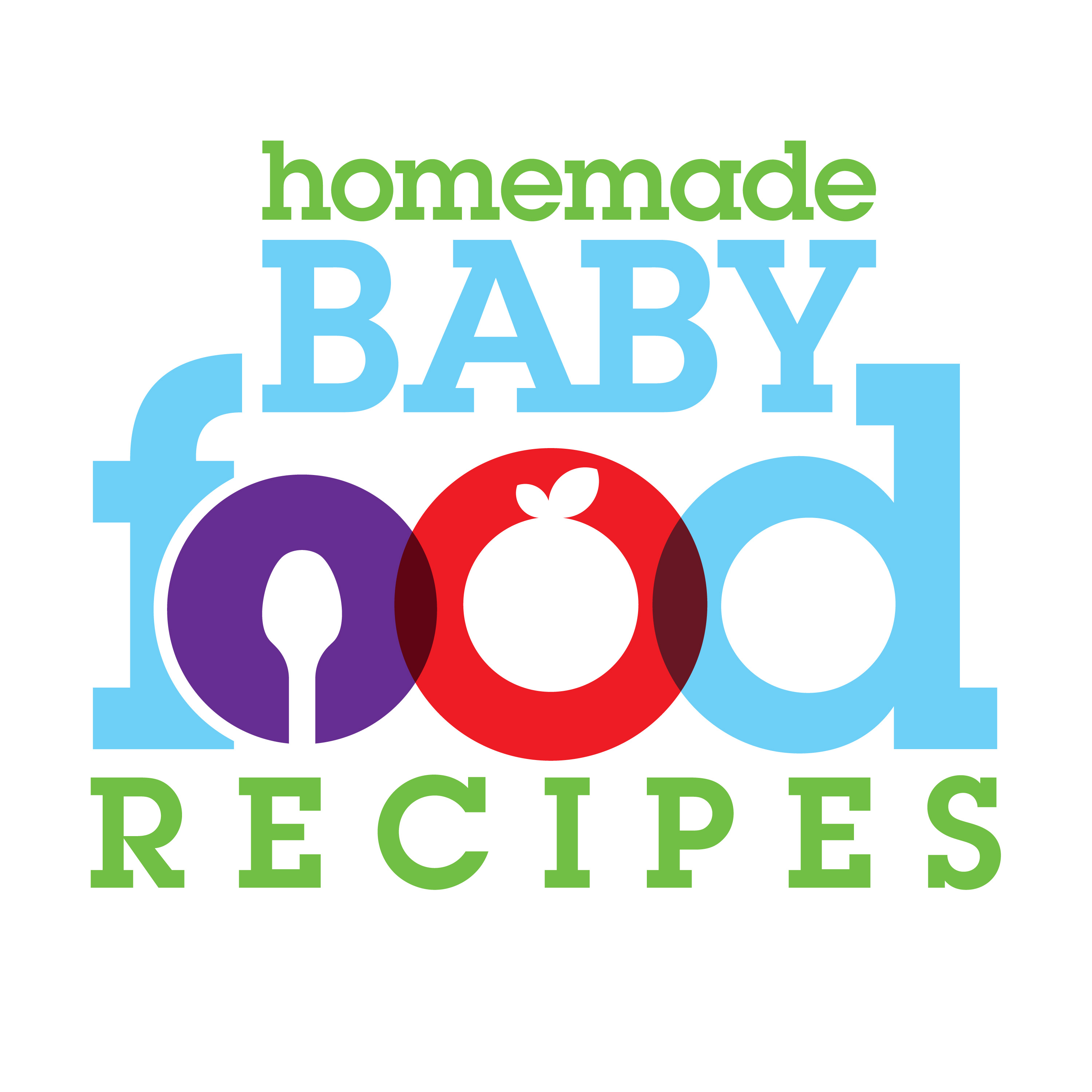When baking for your baby (or for the rest of the family), you may have come across recipes that specifically call for ‘unbleached’ flour.
So what IS the difference between bleached and unbleached flour? And is there actually any difference between the two in terms of nutrition?

Well, as you may suspect, bleached flour is just what it says – all purpose (or plain) flour that has been treated with chemical agents to whiten its appearance by speeding up the natural bleaching process.
Unbleached flour does become lighter over time but never looks as ‘snow-white’ as the bleached variety.
In addition, the bleaching process speeds up the natural ageing and softening of the flour grains, meaning that they are ready for sale to the consumer far earlier than they would be if allowed to age naturally (a bonus for flour producers).
But the differences don’t stop there.
There is less protein in bleached flour than unbleached, which affects the types of baked goods for which you can use it.
What’s Cooking America suggests that
Bleached (flour) is best for pie crusts, cookies, quick breads, pancakes and waffles. Use unbleached flour for yeast breads, Danish pastry, puff pastry, strudel, Yorkshire pudding, éclairs, cream puffs and popovers.
In other words, the types of foods that require the ‘rise’ made possible by the protein (gluten) in flour are best made with unbleached flour.
So is it OK to use bleached flour in your baby food recipes?
Bleached flour is, of course, considered to be perfectly safe for consumption – for adults and babies alike – and there is very little nutritional difference between the two.
BUT…
We can’t see any merit at all in using ingredients to which chemicals have been added, particularly when the purpose of these chemicals is largely cosmetic.
If you HAVE to choose between the two, then we recommend opting for unbleached flour…
but, better still, we advise increasing your use of whole wheat flour instead!
Whole wheat flour contains the whole grain and is infinitely more nutritious. The easiest way to incorporate it into your recipes is to replace half of the white flour you were planning to use with the same amount of whole wheat flour. So – for a recipe calling for 2 cups of all-purpose (plain) flour, you could use 1 cup of all purpose and 1 cup of whole wheat. This gives a texture very similar to the original, but adds some important nutrients, too.
Another option is to try whole wheat white flour.
This is made with the whole grain, but uses a white wheat grain instead of the more typically used red wheat. The white grain does not contain the pigment found in red wheat, which not only gives red wheat its colour but also gives it a stronger flavour. Consequently, white whole wheat flour tends to have a milder taste, as well as a lighter colour.
 What type of flour do YOU like to use when baking for your baby and the rest of your family?
What type of flour do YOU like to use when baking for your baby and the rest of your family?
We’d love you to share your baking tips with other mums and dads by leaving your comments below!
